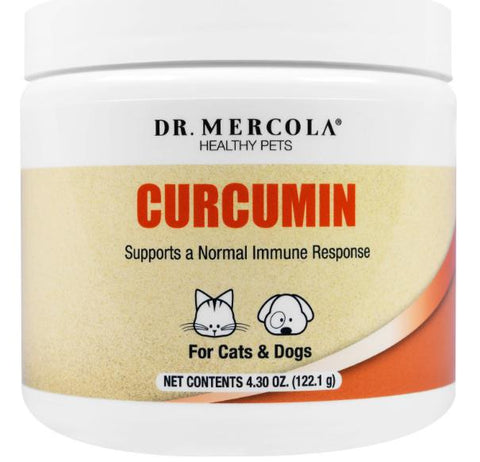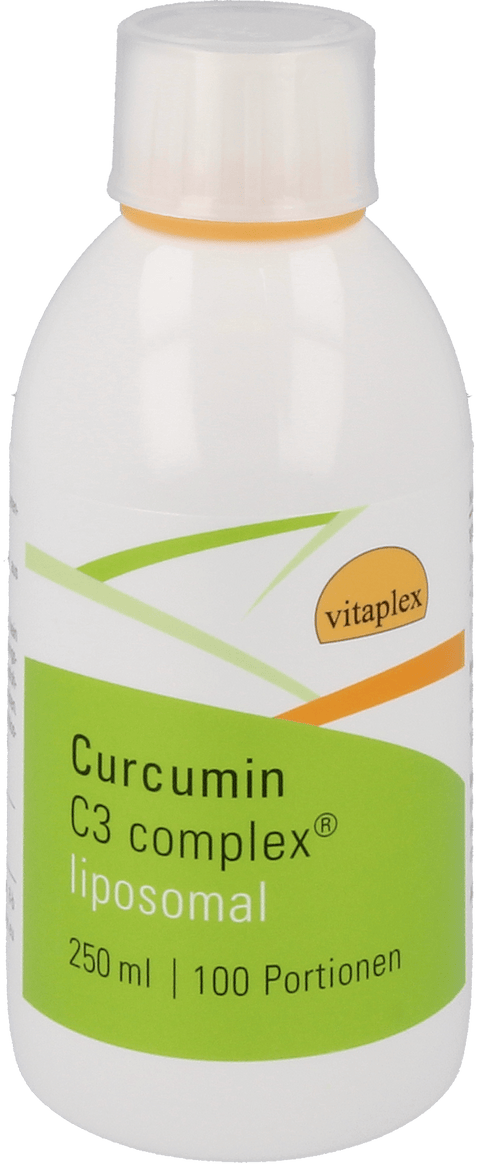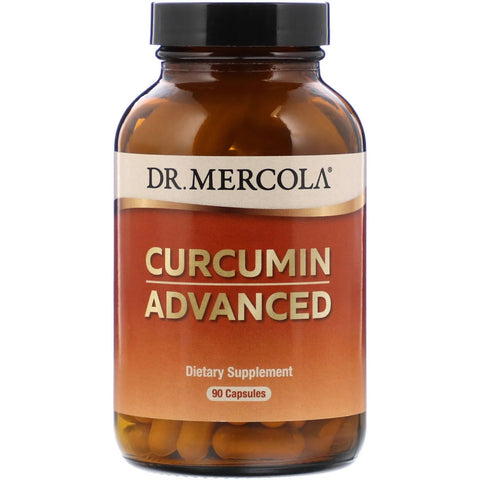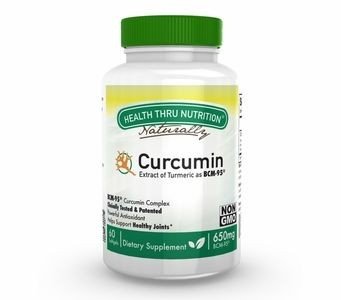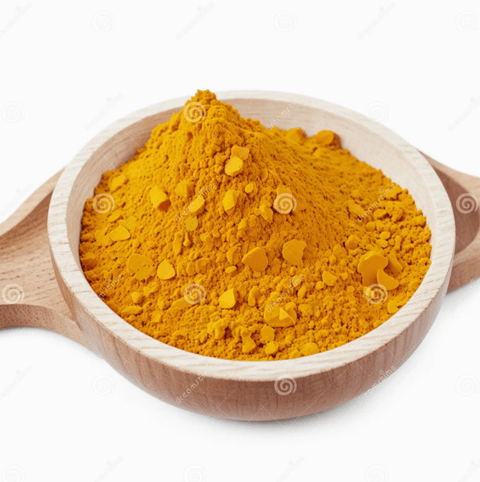
Curcumin: Safe, Regulated Health Applications and Culinary Use
Curcumin, the bright yellow polyphenol from Curcuma longa (turmeric), is well-known as a spice, food color (E 100), and as a dietary supplement. This article outlines its EFSA‑approved uses, health claims, and safety profile—based solely on scientifically substantiated and regulated information.
1. EFSA‑Approved Roles
1.1 Food Additive and Colorant
-
Curcumin is authorized in the European Union as a food color (E 100).
-
EFSA confirmed it is not carcinogenic, based on extensive evaluations.
-
An Acceptable Daily Intake (ADI) was set at 3 mg/kg body weight/day, equivalent to approx. 210 mg/day for a 70‑kg adult.
1.2 Novel Food Safety Assessment
-
A specific derivative, tetrahydrocurcuminoids, received EFSA approval as a novel food for use in supplements at doses up to 140 mg/day.
2. Safety Profile
ADI and Exposure
-
EFSA’s ADI of 3 mg/kg bw/day stems from reproductive toxicity data; typical food intake only amounts to ~7% of this threshold, well below risk levels.
Toxicity & Risk
-
Generally non‑genotoxic and non‑carcinogenic.
-
Skin, eye, respiratory tract irritant in high‑purity extracts .
-
Rare liver toxicity cases reported—from high-dose supplementation.
Quality and Adulteration
-
Some turmeric powders have been found adulterated with lead chromate or illegal dyes; poor-quality batches pose health hazards.
3. Practical Guidance
3.1 As a Spice or Colorant
-
Using turmeric in cooking carries no known risk under EFSA guidelines.
-
Typical culinary intake remains far below the ADI.
3.2 As a Supplement
-
Stick to ≤ 3 mg/kg bw/day of curcumin or turmeric extract, which includes colorant use.
-
For tetrahydrocurcuminoid supplements, limit to 140 mg/day, per EFSA’s safe novel food conclusion.
-
Always choose reputable brands that test for purity and absence of contaminants.
3.3 Safety Tips
-
Slight risk of allergic skin contact—perform a patch test if you're sensitive.
-
Monitor for unexplained liver symptoms (e.g., fatigue, jaundice)—discontinue use if they arise.
-
Avoid high-dose supplements during pregnancy or if on medications without consulting a doctor.
4. Summary Table
5. Conclusion
Curcumin and its derivatives are safely used in food and certain supplement formats under EFSA guidance.
-
No proven clinical health claims (e.g., joint support) are currently EFSA‑authorized.
-
Stay within recommended intake limits and opt for high‑quality, tested supplements to minimize risk.
Glossary
-
ADI: Acceptable Daily Intake
-
bw: Body weight
-
Novel food: Substance requiring safety review before EU market approval
Curcumin remains a vibrant spice and food additive with a strong safety record—when consumed responsibly. However, shoppers should be cautious of unverified health claims and choose supplements carefully.


